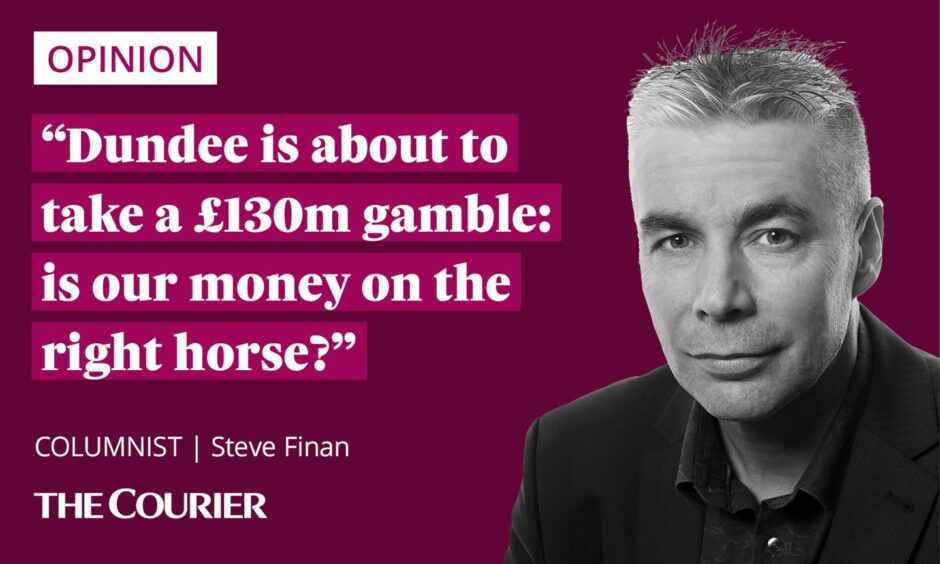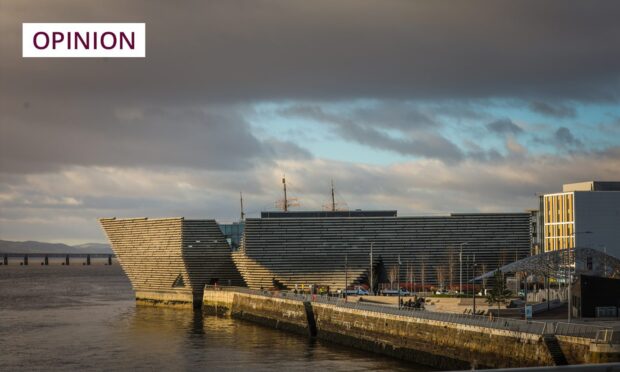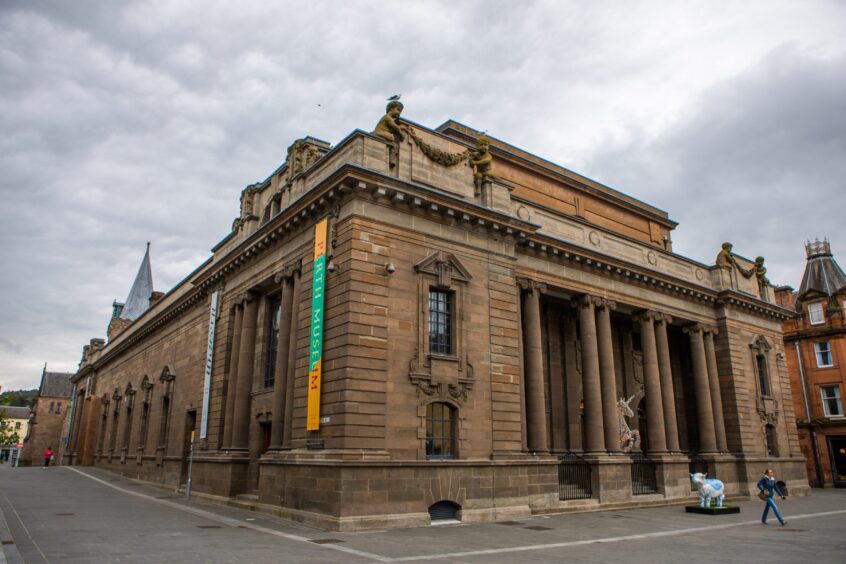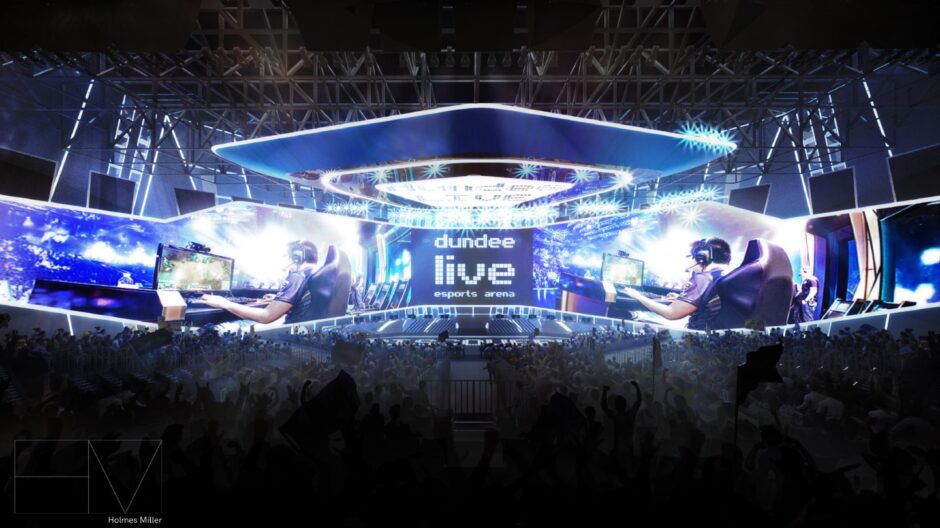I try hard to like Dundee’s V&A, I really do.
I try not to think how much more dramatic the building would have been if they’d carried out the original plan to site it on an artificial island in the river.
Instead, it is one side of a ravine – facing those architectural farts of office blocks constructed with, seemingly, the aim of hiding the V&A.
Aside from the building, I’ve always struggled with the unique selling point (USP): a museum of design. Are people really interested in design?
Now, before you shout, some are, I know. But enough?
Design is a niche interest.
As a measure, go into Waterstones and look for books on design. There are some, but not in the front window or main selling area. They’re not books that sell in big numbers.
As with books, so with museums. It’s a similar audience.
Finding the right USP for a museum is crucial.
I’ve been casting an interested eye at the success of Perth Museum. What can Dundee learn?
It has a clear USP. They know what they’re selling – the Stone of Destiny – and they’ve done a good job.
The “reveal” piece of theatre devised for what is, basically, a lump of sandstone is innovative, clever, and highly effective.
Their recipe is simple. Have a good USP, present it well, watch the success (and revenues) unfold.
Dundee has its Eden Project at the planning stage.

The USP is to be green issues. It will have plants and an indoor forest, inform visitors about the carbon cycle, and be centred round the old gasometer.
That sounds nice.
But everything is green these days. And by the time the Eden Project is built (in a minimum six years) society will be even further down the path of environmental awareness.
Green and environmental issues will be long established. A generation will have grown up immersed in recycling, sustainability and the effects on nature.
The transition from old to new energy will no longer be new.
Will anyone travel to see something that’s already part of their everyday lives?
Is there better alternative to Eden Project?
I fear we are about to create an attraction that would have suited 2019 (when Dundee’s Eden Project was conceived) when we should be creating one to suit the 2030s.
If you can’t see the risk here, you’re hiding your head under the leaf canopy.
Would an electronic gaming megacentre be a more-likely-to-succeed USP? Our city already has a global gaming reputation – build on that.
A budget of £130 million (the Eden cost) would transform the gasometer into a state-of-the-art e-sports arena and adjoining complex.
Gaming is a multi-billion-dollar worldwide phenomenon that just keeps growing, and is guaranteed to find yet more impetus with the inexorable rise of AI.
For instance, an AI-enhanced F1 experience – as one of 10,000 possibilities – would soar.
A hard-truths discussion is needed.
Dundee is about to take a £130m gamble: is our money on the right horse?
By 2030 a tomorrow-facing gaming arena might be a better bet than a copy of a Cornwall idea from 1996.



Conversation